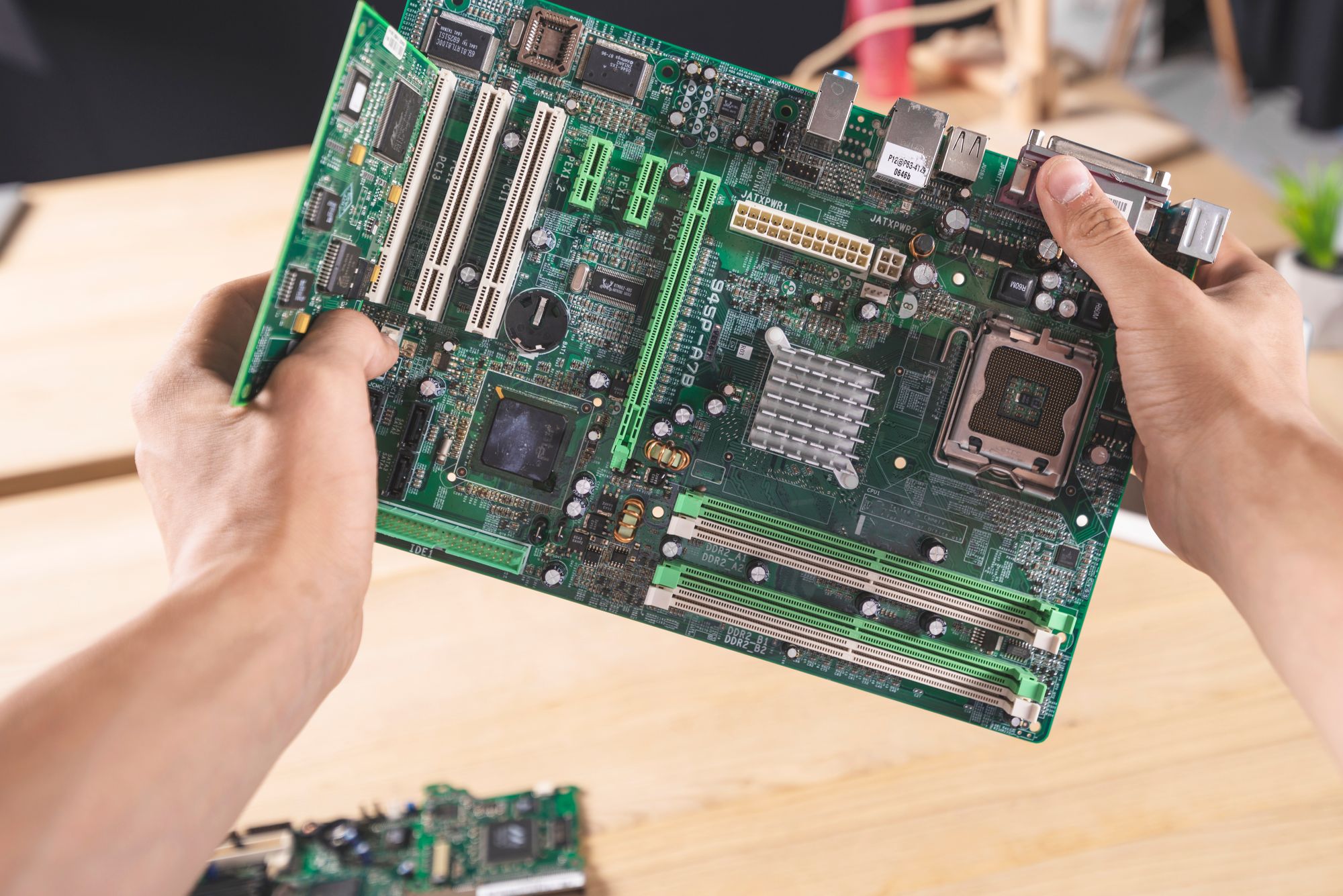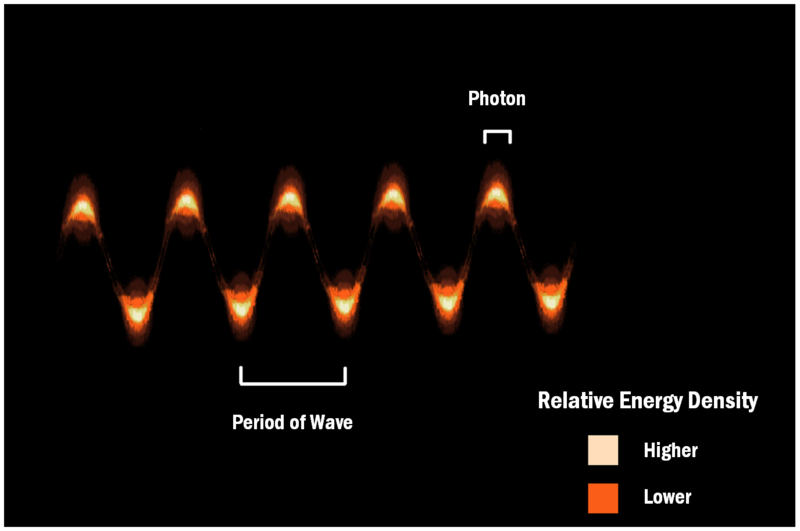Quantum mechanics and biology: Schrödinger’s robin
Mysteries are fascinating because no matter how small they are, like microscopic quantum variations, their solution can be a gateway to incredible possibilities. Like the mystery of the Schrödinger’s robin redbreast.

Mysteries are fascinating because no matter how small they are, like microscopic quantum variations, their solution can be a gateway to incredible possibilities. Like the mystery of the Schrödinger’s robin redbreast.
Magnetoriception
In 1976, ornithologists Wolfgang and Roswitha Wiltschko (husband and wife) published an extraordinary and revolutionary study in the journal Science about red-breasted robins and how they orient themselves during migration. According to the two researchers, the birds manage to orient themselves by sensing the Earth’s magnetic field, which is not so simple to explain. It is now known that birds use the position of the sun, or memorize landmarks in the landscape, or even let their sense of smell guide them. The red-breasted robin, however, is special because it uses magnetoriception, which means it detects the direction and intensity of the Earth’s magnetic field and uses these “measurements” to guide itself to where it needs to go. Only the Earth’s magnetic field is too weak to be detected, so the mystery remains: how does the redbreast robin use the Earth’s magnetic field to orient itself? What if it is a matter of quantum mechanics and we are dealing with a Schrödinger’s redbreast?

What quantum mechanics means in real life
Quantum mechanics can explain how electrons behave, interact, and arrange themselves within atoms, and it can explain the rules that govern the microscopic. It was because of this need to explain the microscopic that it was born, or rather, that twentieth-century scientists began to consider it a part of real life; the concept of quantum was introduced by Max Plank in 1900. If we did not have a quantum explanation for the motion of electrons in different materials, we would not even have had a way to develop the semiconductors that are the basis of modern electronics, for example, no silicon transistors, no integrated circuits, and no modern computers. What about lasers, DVDs, Blu-Rays, CDs, the latest generation of cell phones, satellite navigation, magnetic resonance imaging, and even rock music, which is based on transistors.
In physics, a quantum is the minimum amount of any physical entity (physical property) involved in an interaction.

Where it all began
It all begins with the paradox of the photoelectric effect: if you take a piece of metal and send electromagnetic radiation to it (the glow emitted by a metal object that is heated over a fire, for example, is just electromagnetic radiation), some electrons will escape from the metal. This only happens if the frequency of the light exceeds a certain value. According to Einstein, electromagnetic radiation travels in packets of energy. These packets are called photons. Only packets with energy above the threshold (a level that must be reached for a certain phenomenon to occur) can knock electrons out of metal.
Wave-particle duality and other bizarre things
The peculiarity lies in the wave-particle duality: light is a wave, the photon is a particle. Quantum mechanics was born when scientists observed that subatomic particles sometimes behave like waves, and that light waves sometimes behave like particles. A photon should only be able to cross a barrier if it has enough energy, but quantum peculiarities show that they can do it even without possessing this energy, behaving like waves instead of particles: this is called the tunneling effect, and it is the trump card of quantum particles that when they behave like waves they can cross barriers. But the quantum curiosities do not end there, the most famous of which are certainly superposition (by which quantum particles manage to do two or more things at the same time) and entanglement (two particles that have been close to each other remain in communication forever, even if they are placed at the boundaries of the universe).

Robin’s compass and quantum mechanics
But what do robins have to do with the weirdness of quantum mechanics? Because quantum mechanics also concerns chemistry, and there are those who have hypothesized (notably Klaus Schulten in the 1970s) that the "robin's compass" is nothing more than the realization of a superposition between mismatched electrons belonging to pairs of radical pairs (a molecule characterized by a single-electron bond orbital and thus very reactive, equilibrium-seeking). Separated electrons are correlated and very sensitive to the direction of an external magnetic field.
In the end, there are two unpaired electrons in different parts of the protein. Those lone electrons behave like tiny magnets. That’s thanks to a quantum property of electrons known as spin. The two electrons’ magnets can point parallel to one another or in opposite directions. But the electrons do not settle on either arrangement. They exist in a weird quantum limbo. It’s called a quantum superposition. It describes only the probability of finding the electrons in either arrangement. At the end of the reaction, the protein can morph into a different version — or go back to the way it started. Which one it chooses depends on those electron probabilities. And here’s where magnetic fields come in. A magnetic field changes the likelihood of the electrons pointing in the same direction. That changes the amount of the new form of protein formed. Birds may sense that change. In that way, they may detect Earth’s magnetic field. [here]
But the mystery is not over
The presence of an external magnetic field, even a very weak one like that of the Earth, can modify the mechanism of the radical pair. And what would have to be the source of these pairs of free radicals in a robin? In 1998, cryptochrome, a protein that can produce free radicals, appeared. It is a photoreceptor found in robin eyes. In 2004, the Wiltchkos published a study conducted in collaboration with Torsten Ritz, a student of Schulten’s, and it paved the way for the avian quantum compass. But no one yet knows how the bird does it.
Insights
- Johnjoe McFadden, Jim Al-Khalili. Life on the Edge: The Coming of Age of Quantum Biology. Crown; Reprint edition (July 26, 2016).
- B. C. Hall. Quantum theory for mathematicians. Springer, 2013.
- Hamish Hiscock. «Long-lived spin coherence in radical pair compass magnetoreception». Thesis (Ph.D.) University of Oxford, 2018.
- Christopher Rodgers e P J Hore. «Chemical magnetoreception in birds: The radical pair mechanism». In: Proceedings of the National Academy of Sciences of the US (2009).
- Wolfgang Wiltschko. Further Analysis of the Magnetic Compass of Migratory
Birds. Part of the Proceedings in Life Sciences book series (LIFE SCIENCES). - Abolfazl Bayat, Sougato Bose, Henrik Johannesson. Entanglement in Spin Chains From Theory to Quantum Technology Applications. Part of the book series: Quantum Science and Technology (QST).
